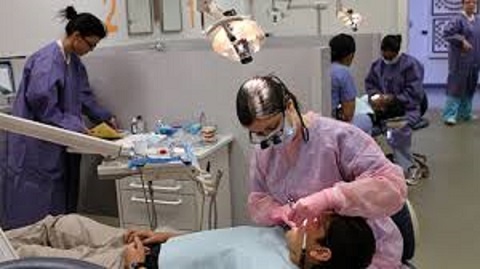The rise in demand of healthcare services is showing a spillover effect on to other allied healthcare industries such as dentistry. Dentistry since its inception has undergone evolution in terms of quality, technology, simplification of services and creation of positive and quality service standards. One such example is the evolution of traditional private dental clinics as teaching modalities, extending education outside the dental college systems. However, the changes are still slow compared to the efforts and advancements taking place in other fields of medicine, such as telehealth and cardiovascular disease. The reasons may be due to the extensive practical nature of dentistry. However, it does not explain efforts such as management of chronic periodontal conditions, increasing oral hygiene awareness or fluoridation awareness and other non invasive dental conditions.

Dental diseases, particularly caries remains the most common oral preventive disease to date, which can easily be managed through counseling and community education. The immigration of the traditional dental setup to a more universal virtual dental care system remains a feat to be achieved in dental circles. Perhaps the challenge is that we are looking at the problem from a different angle, or we are targeting the wrong population. Gerodontology may stand to benefit the most from transitional care in dentistry. While the concept of mobile dental clinics has been present for quite some time, this concept has not further developed to make it home dental care. Patients who are on bed rest, have chronic debilitating conditions, or who are simply immobile can benefit the most from transitional care.
Take cases of physical immobility such as Parkinson. Such patients progressively need more care from caregivers as the disease progresses. Oral care becomes next to none in such situations. However, the condition of the patient prevents him or her to access dental care in a traditional dental care setup. The solution can be the use of mobile scaling and filling systems. Part of the problem is solved with the advent of self cure and simple one step composite materials for fillings and replacements. Plug in devices which can operate from simple sockets can be a boon to mobile dentistry. A linking system that connects all information regarding the procedure done on these patients can then be sent directly to the clinic, where it becomes part of the ongoing clinical records. Such systems are not impossible to craft of create. All it requires is more focus and creation of a design where mobile dental clinics can be used. This challenge if overcome can lead to service availability for those who otherwise would be left without any form of dental care.